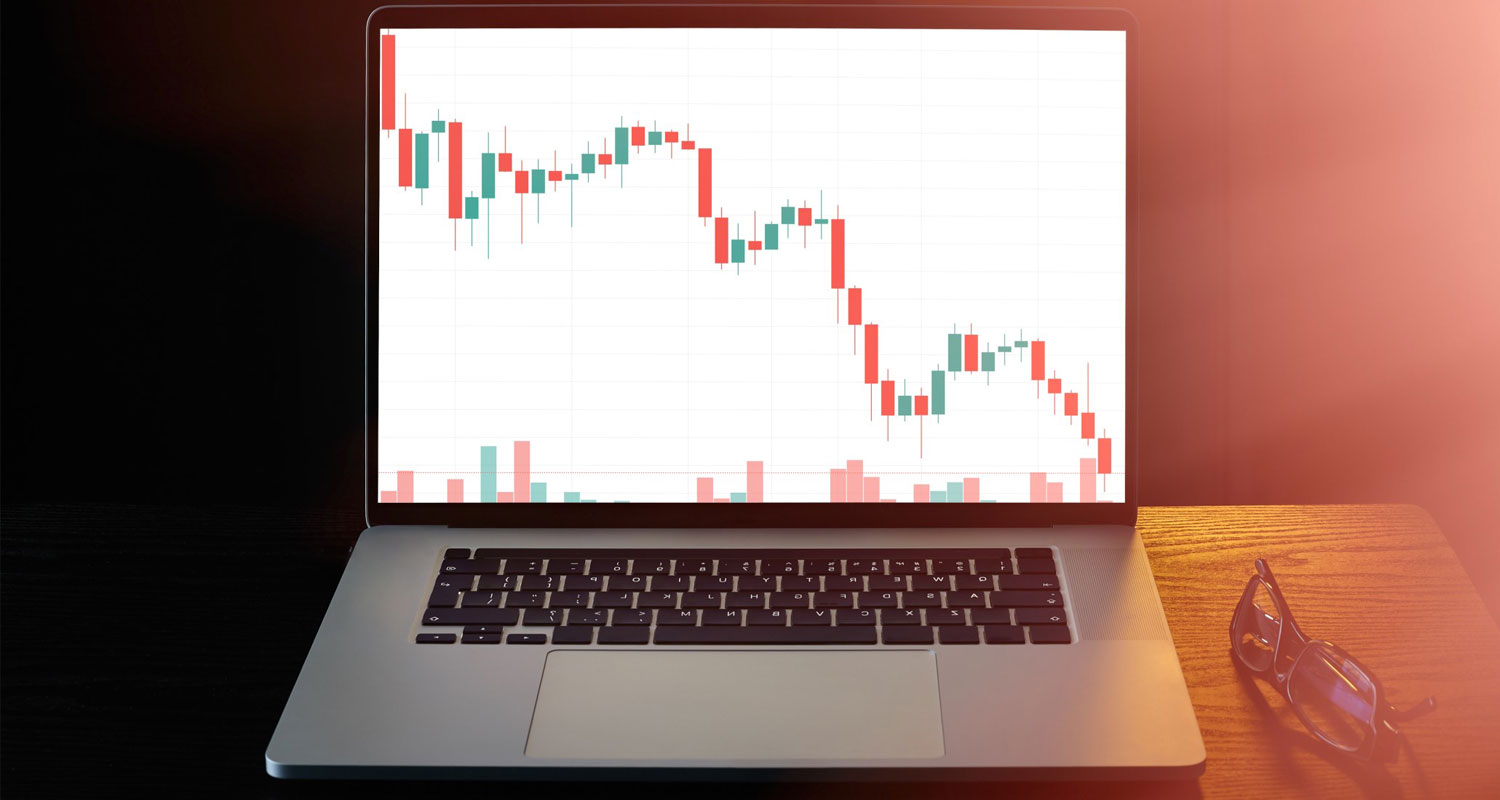 The collapse of one of decentralised finance’s most ambitious experiments has knocked more than US$83-billion (R1.3-trillion) off the sector’s total value, as investors fled for safer havens.
The collapse of one of decentralised finance’s most ambitious experiments has knocked more than US$83-billion (R1.3-trillion) off the sector’s total value, as investors fled for safer havens.
A crash in the prices of stablecoin TerraUSD, or UST, and its sister token Luna in the first half of May sent shockwaves through the DeFi sector, where investors borrow, lend and stake cryptocurrencies without intermediaries like banks. The total value locked across all major protocols has slumped to $112-billion from $195-billion at the start of the month, data from industry tracker DeFi Llama show.
The fallout from Terra’s implosion also inflicted widespread damage on cryptocurrencies. Bitcoin and ether, the two largest tokens, tumbled below key support levels earlier this month and have struggled to break above them since, caught just below $30 000 and $2 000 respectively.
DeFi projects entice investors to purchase their native tokens and deposit them to help order transactions on the underlying blockchain, a process known as staking. In return, they are offered yields that top those of traditional financial products. Terra’s main staking platform, Anchor, responsible for driving most of the $40-billion ecosystem’s value, had advertised yields as high as 20% prior to UST’s collapse.
MakerDAO, the largest DeFi project by total value staked, has seen its total value locked drop by almost a third over the past month, to $9.8-billion, DeFi Llama data shows. Curve, a popular platform for swapping stablecoins, has suffered a more than 55% plunge, to $9-billion.
Crypto research firm Kaiko said in a note on Monday that the decline in staking demand on DeFi applications indicates “strong capital outflows from the space”, exemplified by rising liquidity for ether and bitcoin on centralised crypto exchanges.
“Fear is rampant. And you’d have to look long and hard to find a bullish investor across any risk asset,” Jeff Dorman, chief investment officer of Arca, an investor in Terra, wrote in a blog post on digital assets published on Monday. “Those that are expressing bullish views are being bullied.” — Emily Nicolle, (c) 2022 Bloomberg LP




